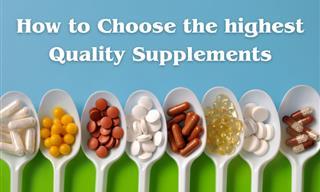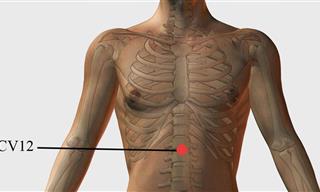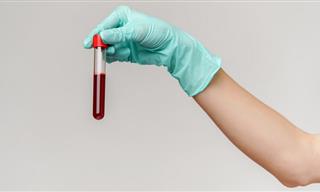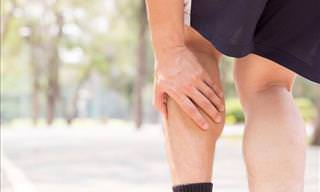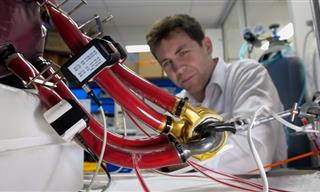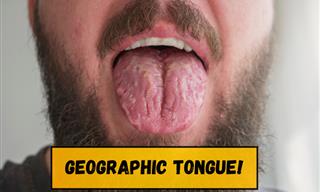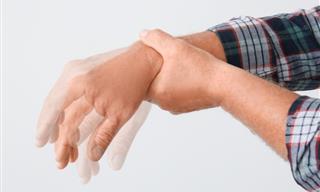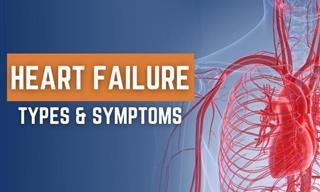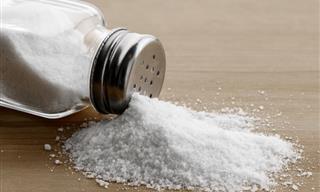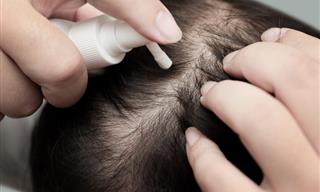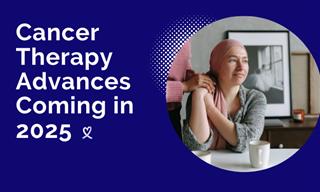Many people believe that blocked arteries are a problem only for the elderly and those who are overweight, but it turns out that this phenomenon is commonplace, and according to a study in Finland, many people up to age 20 in the Western world already suffer from it. Because this is the case, the sweeping recommendation is to go and be examined as early as possible, especially if you experience one or more of the 7 symptoms listed in this article. Another thing you should know is that the abnormal flow of blood may also be a side effect of other serious health problems that should be noted since proper diagnosis and treatment can prevent a disaster.
1. Pain in the calve, hip and thigh muscles

Peripheral artery disease is a common circulatory blood problem in which limited arteries cause reduced blood flow to the limbs and are a major cause of leg pain, especially while walking. This condition can cause reduced blood flow to the brain and heart, and of course to the area of the legs, hips and calve muscles. Another cause of these pains may be fatty deposits in the arteries (atherosclerosis) or blockage of arteries due to lipids. In most cases, the area of pain indicates where the clot or block is located, which helps identify the root of the problem, but there are also other ways to identify it and its sources, such as numbness or weakness in the legs, skin discoloration, shiny skin, and impotence in men.
2. Chest pain
Chest pain or angina (angina pectoris) is the result of reduced blood flow to the heart. Severe pain in the chest, numbness in the left hand, heaviness, chest tightness or burning during physical or emotional exertion can be seen as a sign that one is actually suffering from arterial obstruction that requires examination, follow-up and treatment as it may be a precursor to a heart attack. There are other identifying signs that require a more thorough investigation, including chest contractions that radiate to the back, neck, jaw, shoulders, and arms, and especially to the left arm. These pains can be accompanied by shortness of breath, dizziness, and nausea, and they increase after exercise.
3. Temporary loss of vision in one eye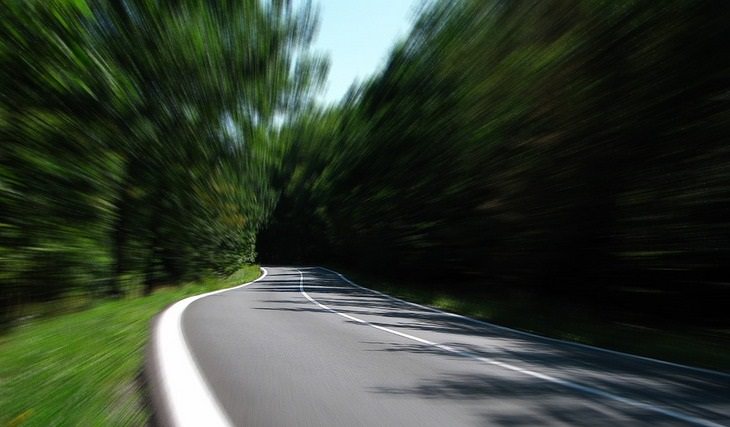
There are two main arteries leading blood and oxygen to the brain - one on the right and one on the left side of the neck, and they are responsible for delivering these vital substances to both sides of the brain respectively. When there is little blood flow or blockage in one of these arteries, insufficient oxygen reaches the eyes and brain, and as a result, their function can be damaged. In the case of reduced blood flow through one of these arteries, a temporary loss of vision may occur in the eye on the same side where the blockage exists, creating a screen over the eye and obscuring vision, usually only for a minute or two. Obstruction of both arteries can lead to stroke and even total vision loss, and to prevent this phenomenon you must maintain normal blood pressure and weight, a healthy lifestyle including proper nutrition, periodic examinations with a professional ophthalmologist and reporting on andy family history of arterial disease.
4. Lower back pain
Back problems are the second leading cause of disability and even loss of working capacity in various parts of the world, with 10% of people under the age of 20 in developed countries already having progressive obstruction of the aorta, causing problems of blockage in the arteries of the waist leading to various back problems. If you experience pain in the lower part of your back, you should know not to ignore them because they often indicate low blood flow that can cause herniated discs leading to pain and muscle contraction.
5. Shortness of breath
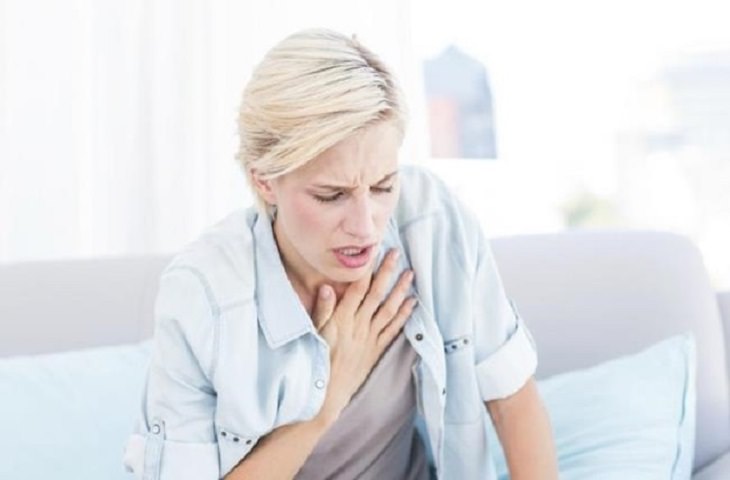 Shortness of breath occurs when coronary arteries are damaged or blocked, and people experience it when their heart is unable to pump enough blood to meet their body’s needs. The function of the coronary arteries is to supply blood to the heart, its muscles, its electrical conduction system, and its other components. Researchers at Cedar-Sinai Medical Center in California have found that when a person experiences shortness of breath without chest pain, it can be a sign of a high-risk heart disease that requires medical attention. So, if you’re experiencing shortness of breath, and not just after exerting effort, you should be careful about what is causing it, making sure to check that it isn’t something that can worsen.
Shortness of breath occurs when coronary arteries are damaged or blocked, and people experience it when their heart is unable to pump enough blood to meet their body’s needs. The function of the coronary arteries is to supply blood to the heart, its muscles, its electrical conduction system, and its other components. Researchers at Cedar-Sinai Medical Center in California have found that when a person experiences shortness of breath without chest pain, it can be a sign of a high-risk heart disease that requires medical attention. So, if you’re experiencing shortness of breath, and not just after exerting effort, you should be careful about what is causing it, making sure to check that it isn’t something that can worsen.
6. Cold feet or hands
The phenomenon of cold hands or feet throughout the year, or particularly cold hands during the winter, indicates a lack of blood - but not necessarily due to vitamin B12 deficiency in the body, rather as a result of partial obstruction or narrowing of the peripheral arteries that lead the blood to the extremities. If you are suffering from this condition, you should pay attention and check to see if you experience any other symptoms that indicate a lack of blood, such as weakening of pulse in the legs, long healing time in the case of a sore or a cut in the limbs, leg pain at rest or while walking, hair loss in the legs and feet, and of course a change in color of skin.
7. Fatigue and dizziness
Many attribute dizziness and fatigue they experience to lack of sleep or sleep disorders of some kind, which turns out to be true in most cases. However, according to a study conducted at Harvard University, there are few cases where fatigue can indicate disorders in blood flow to various organs, especially the heart and brain, and are a sign of the possibility of arterial disease. The inability of the body to transfer blood properly reduces the amount of oxygen flowing throughout the body causing low functioning. It should be noted that according to various experts, a constant feeling of tiredness and frequent dizziness that indicates arterial obstruction is more common among women.
What increases the risk of blocked arteries?
One of the most common causes of clogged arteries is atherosclerosis; The pathogenesis of this disease isn’t known for sure, but it is clear that this is a complex disease that can start from childhood and develop rapidly as age progresses. Atherosclerosis can occur when certain factors damage the inner layers of the arteries such as smoking, high blood cholesterol, high blood pressure, high blood sugar or diabetes. To reduce the risk of side effects of poor blood circulation, you should exercise daily, lose weight, maintain a healthy, low-fat diet, quit smoking, and get checked at least once a year. To learn more about poor blood circulation, click here.
image source: cn-healthcare, iranpainacademy, pennmedicine
 Go to BabaMail
Go to BabaMail










